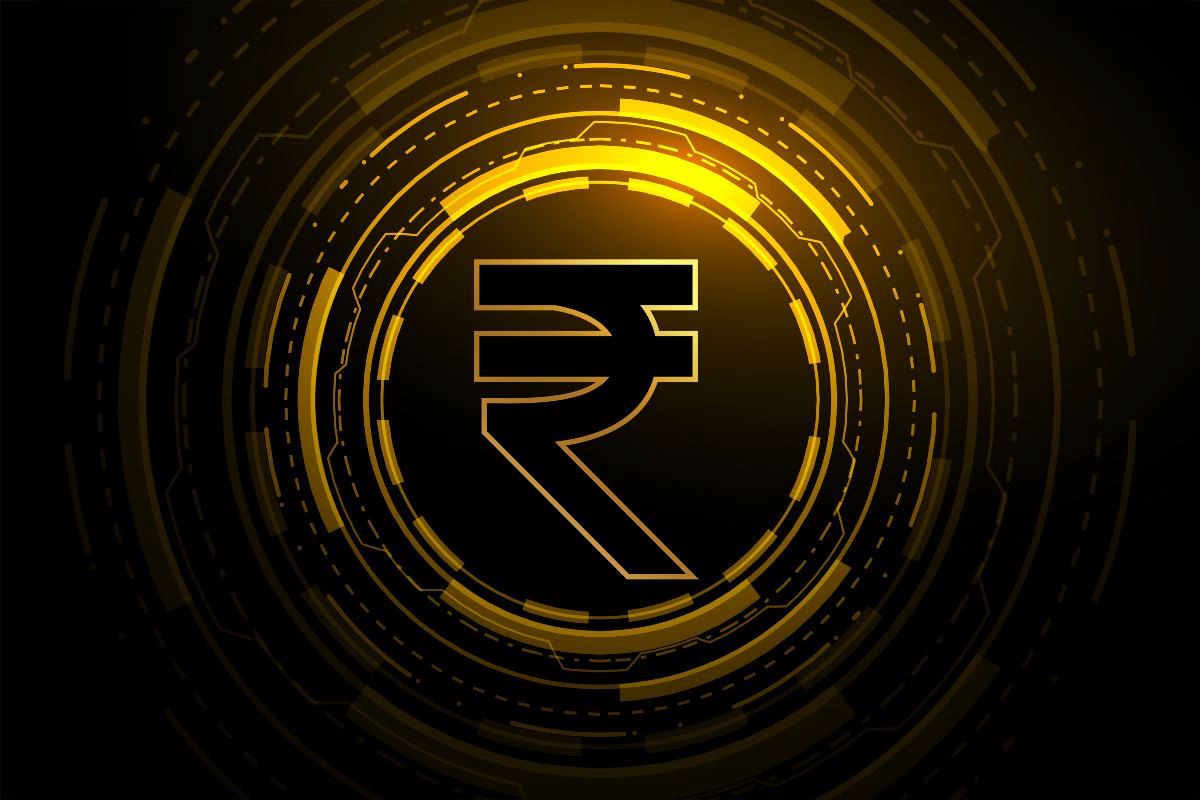The Indian financial landscape is on the cusp of another massive transformation — and this time, it’s not UPI, Paytm, or another fintech unicorn stealing the spotlight. It’s the Digital Rupee, India’s very own Central Bank Digital Currency (CBDC), issued and regulated by the Reserve Bank of India (RBI). Unlike cryptocurrencies like Bitcoin, the Digital Rupee is sovereign money — fully backed by the government and controlled by the central bank. It’s not here to replace physical cash entirely, but to modernize the way we store, spend, and transfer money in a world that’s moving at the speed of code.
Let’s deep dive into what the Digital Rupee is, its real-world applications, its programmable nature, offline capabilities, and the challenges it might face — and what this means for India’s financial future.
Understanding the Digital Rupee (CBDC)
🔹 What Exactly Is the Digital Rupee?
The Digital Rupee is an electronic version of India’s fiat currency. Just like a ₹500 note in your wallet, a Digital Rupee token in your phone’s wallet represents legal tender — except it exists entirely in digital form. You can use it for transactions without needing a bank account in certain cases, making it more inclusive than traditional banking systems.
The RBI envisions two forms of the Digital Rupee:
- Retail CBDC (e₹-R) — For individuals and businesses, working like digital cash.
- Wholesale CBDC (e₹-W) — For financial institutions, aimed at interbank settlements.
Why the Digital Rupee Matters
🔹 Financial Inclusion at Scale
India still has millions of people without bank accounts. The Digital Rupee could allow them to store value digitally without needing complex banking infrastructure.
🔹 Faster & Cheaper Payments
No middlemen like card networks or high UPI settlement charges — transactions could be instant and cost near-zero.
🔹 Government Control & Transparency
Unlike cash, every CBDC transaction can be recorded, making it harder for black money and tax evasion to thrive.
Real Use Cases of the Digital Rupee in India
1️⃣ P2P & P2M Transactions
Just like UPI, you can send money to friends or pay a shopkeeper. The difference? It’s direct money transfer without relying on banks as intermediaries — reducing downtime risks.
2️⃣ Government Subsidy Distribution
Imagine LPG subsidies or farmer payments sent directly as Digital Rupees to citizens’ wallets — no middlemen, no delays, no leakage.
3️⃣ Cross-Border Payments
CBDCs can connect with other countries’ CBDCs for instant, low-cost remittances — game-changing for India’s $87 billion remittance market.
4️⃣ Smart Contracts for Conditional Payments
The Digital Rupee could be programmable, meaning it can execute transactions automatically when certain conditions are met — for example, an insurance payout that triggers automatically after verification of a hospital bill.
5️⃣ Offline Transactions
Even without internet, transactions could be processed locally via secure offline protocols — critical for rural areas or during natural disasters.
Programmability: The Game-Changer Feature
🔹 What Is a Programmable CBDC?
Programmability means that Digital Rupee transactions can be coded with specific rules. For example:
- A grant given to students can only be used for education-related expenses.
- A government relief fund could expire if unused after 6 months.
🔹 Benefits of Programmability
- Targeted Spending — Ensures money is used for its intended purpose.
- Automation — Reduces manual intervention and paperwork.
- Efficiency in Aid Distribution — Prevents fraud and misuse.
Offline Payment Capability
🔹 Why Offline CBDC Matters
India’s internet penetration is growing but still uneven. In hilly regions, rural villages, or during disasters, internet outages are common. Offline CBDC transactions ensure no one is left out of the digital payment ecosystem.
🔹 How It Works
- Near-field communication (NFC) or Bluetooth enables device-to-device transfer.
- Transactions are later synced with the central ledger when the network returns.
Challenges & Risks
🔹 Privacy Concerns
While transparency is good for governance, citizens worry about government overreach and transaction surveillance.
🔹 Cybersecurity Threats
A fully digital currency is a prime target for hackers. The RBI must implement military-grade encryption and multi-layer authentication.
🔹 Financial Disruption
If people pull too much money out of banks to hold CBDC, it could destabilize the banking sector.
🔹 Digital Literacy Gap
Millions of Indians still struggle with digital payments — adoption will require massive awareness campaigns.
Regulatory Oversight
🔹 The RBI’s Pilot Programs
The RBI has launched phased pilots in major cities for both wholesale and retail CBDCs, testing real-world feasibility.
🔹 Global Coordination
Cross-border use will require coordination with other central banks to prevent misuse and fraud.
The Road Ahead: CBDC + UPI + Cash
The Digital Rupee is not here to kill cash or UPI — it’s here to coexist. In the future, we may see:
- CBDC for offline & programmable use cases.
- UPI for bank-to-bank retail payments.
- Cash for small, anonymous transactions.
Conclusion: The Future of Money Is Here
The Digital Rupee isn’t just a payment method — it’s a platform for innovation in finance. With programmability, offline capabilities, and instant settlement, it has the potential to reshape India’s economy.
But its success will depend on trust, security, and user adoption. If done right, the Digital Rupee could make India a global leader in CBDC implementation — just like UPI made us a fintech powerhouse.




